Are you looking for plants or indoor plants that look like hair? Moreover, it is supported by a head planter, which will make it pretty and unique. The design of the plant with head planter will bring a fun and quirky way to liven up your home and be inventive with your plant decor.
Euphorbia monadeniuam
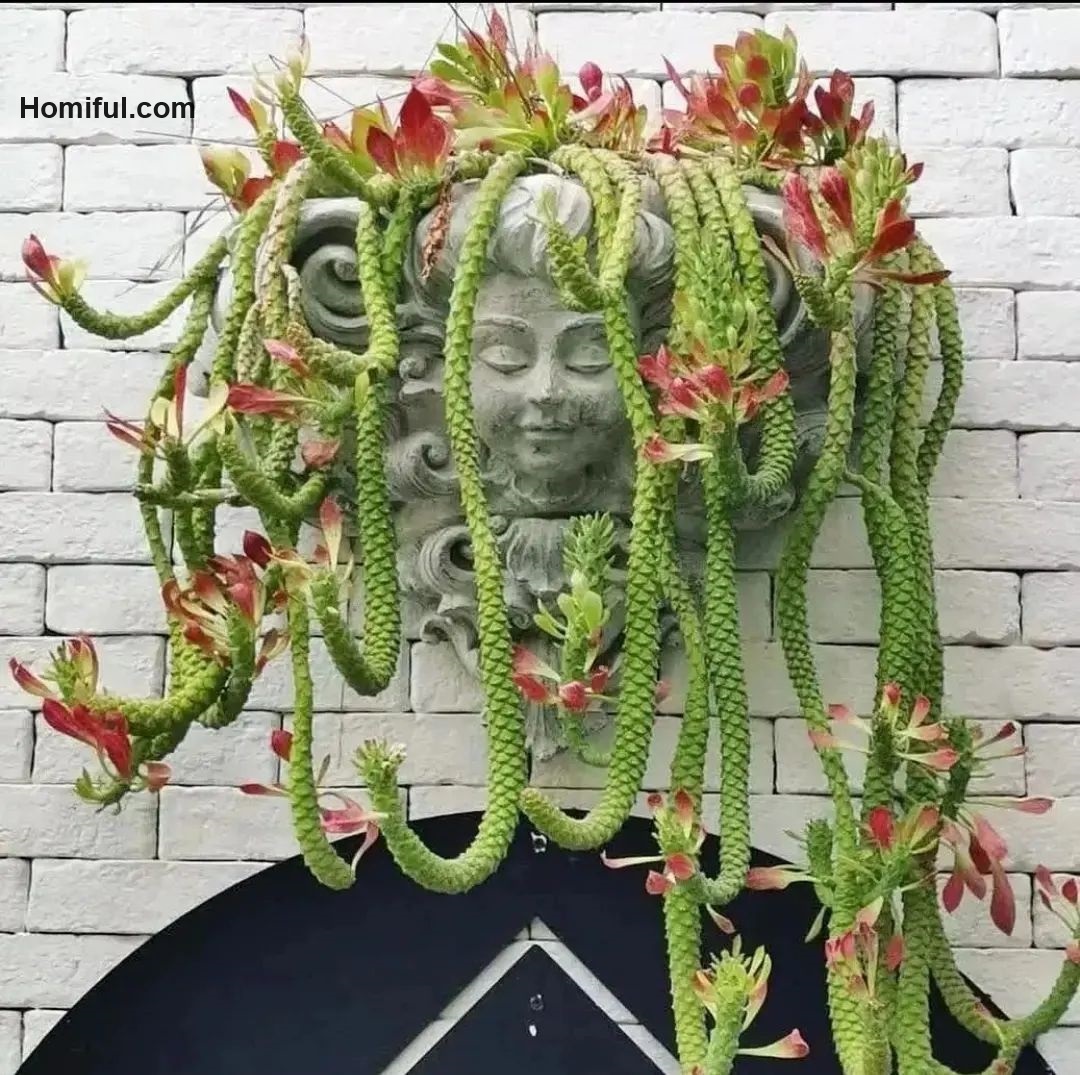
Instagram/hukna_cactus
First, we have Euphorbia monadeniuam. In the picture above, this plant looks real with hair growing on the head of a beautiful woman. The plant has a high tolerance to air temperature.
Ruby necklace succulent
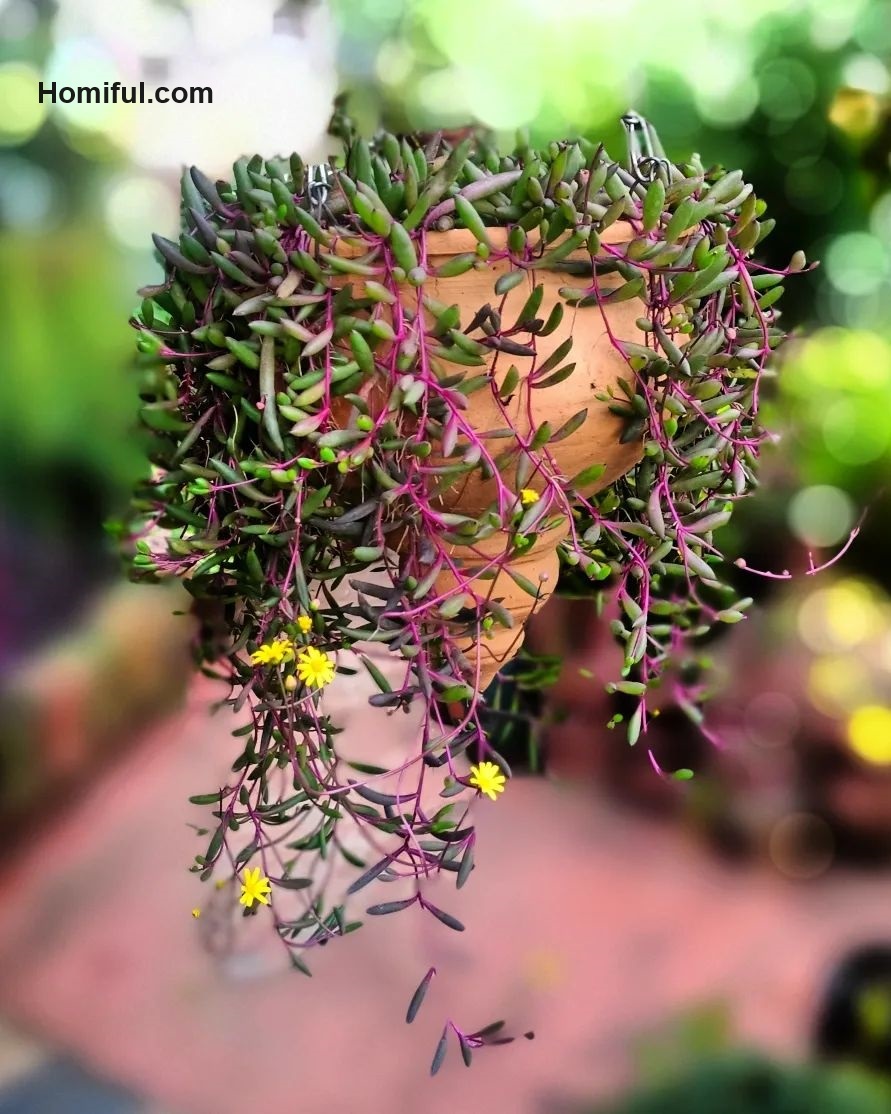
Instagram/infinite_green42
Often known as Othonna capensis or little pickles, this plant is perfect for decoration and creeping. Native to South Africa, the Ruby necklace succulent is often grown as a hanging ornamental plant but is also suitable for rocks or annuals.
Spider plants

Instagram/jonesandco_
Spider plants are popular ornamental plants and are often encountered. This plant has many benefits has an appearance that spoils the eye and is suitable for use as home decoration. In addition, these plants are difficult to kill and they are very useful as air purifiers.
Wax plant (Hoya compacta)
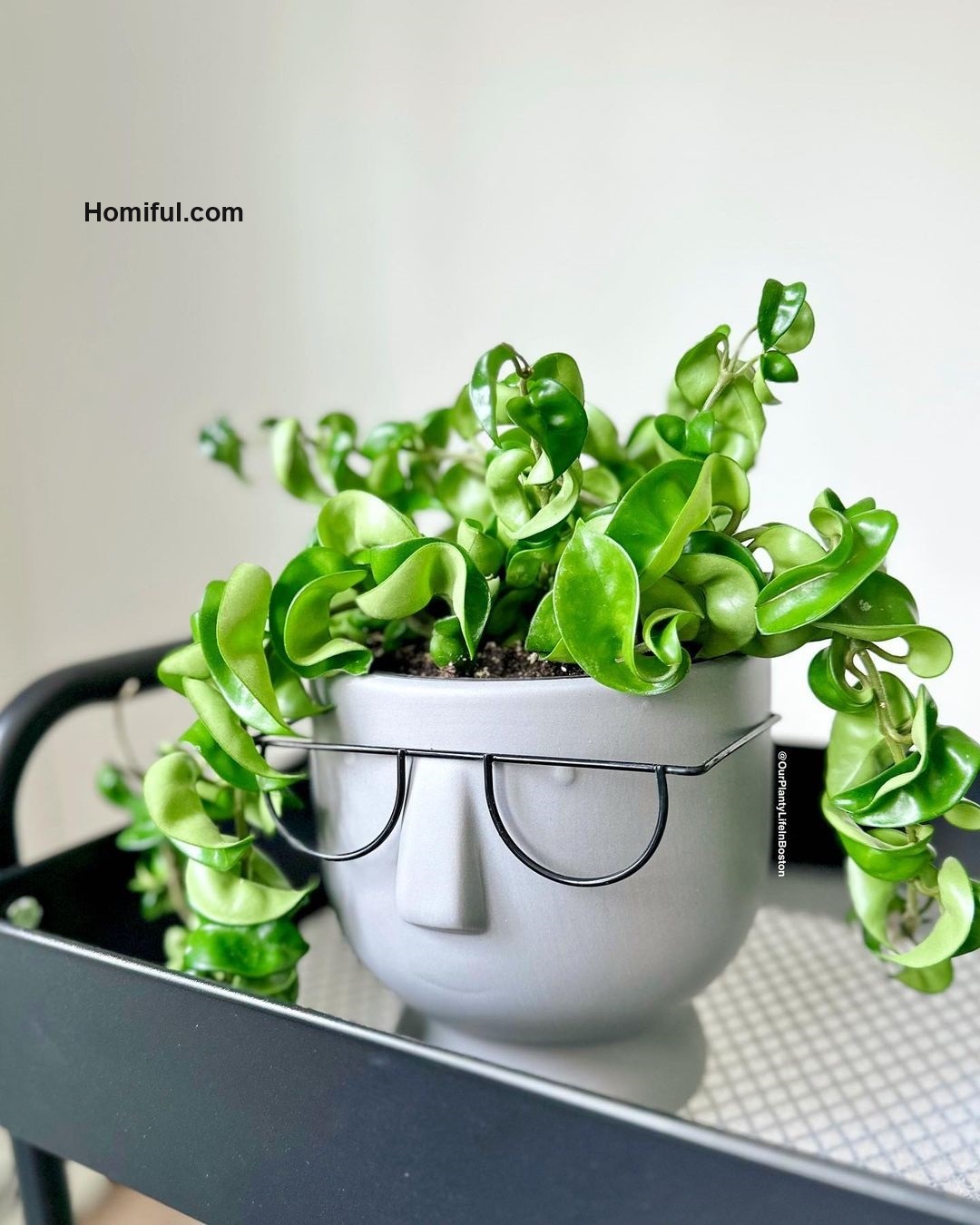
Instagram/ourplantylifeinboston
Hoya plants are often referred to as wax plants because the surface of this plant has a wax-like coating. And this plant is so popular that many make it an option for home décor. An epiphytic plant, Hoya mostly grows and lives in forests. So you can have low light in placing this type of plant to grow well and healthy.
Beautiful green and purple plants
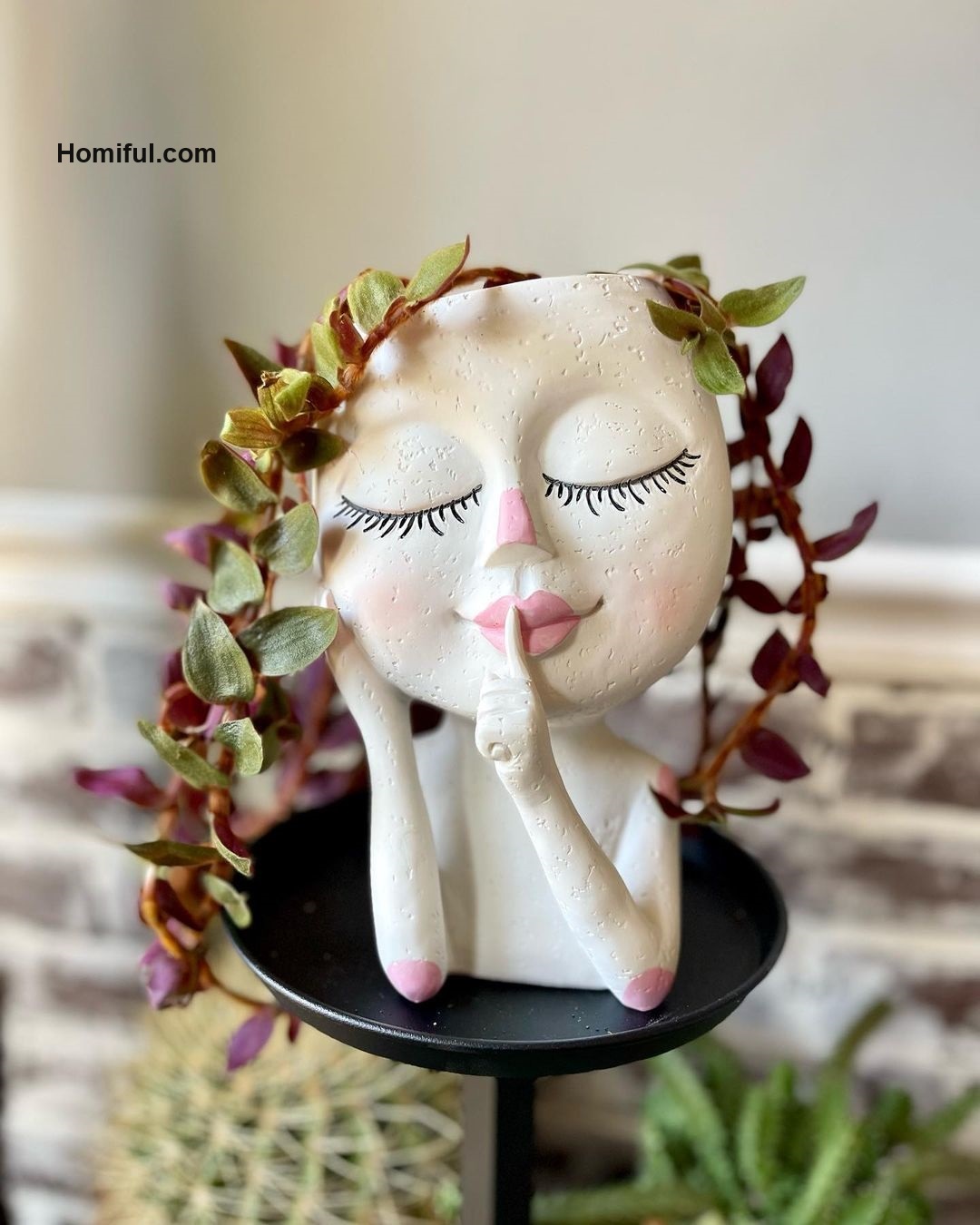
Instagram/root_bound_athome
This beautiful head planter has a beautiful plant at the top. This vine plant has a contrasting color with the planter making it look chic and suitable for room decoration.
String of dolphins (Dendrophobium peregrinum)
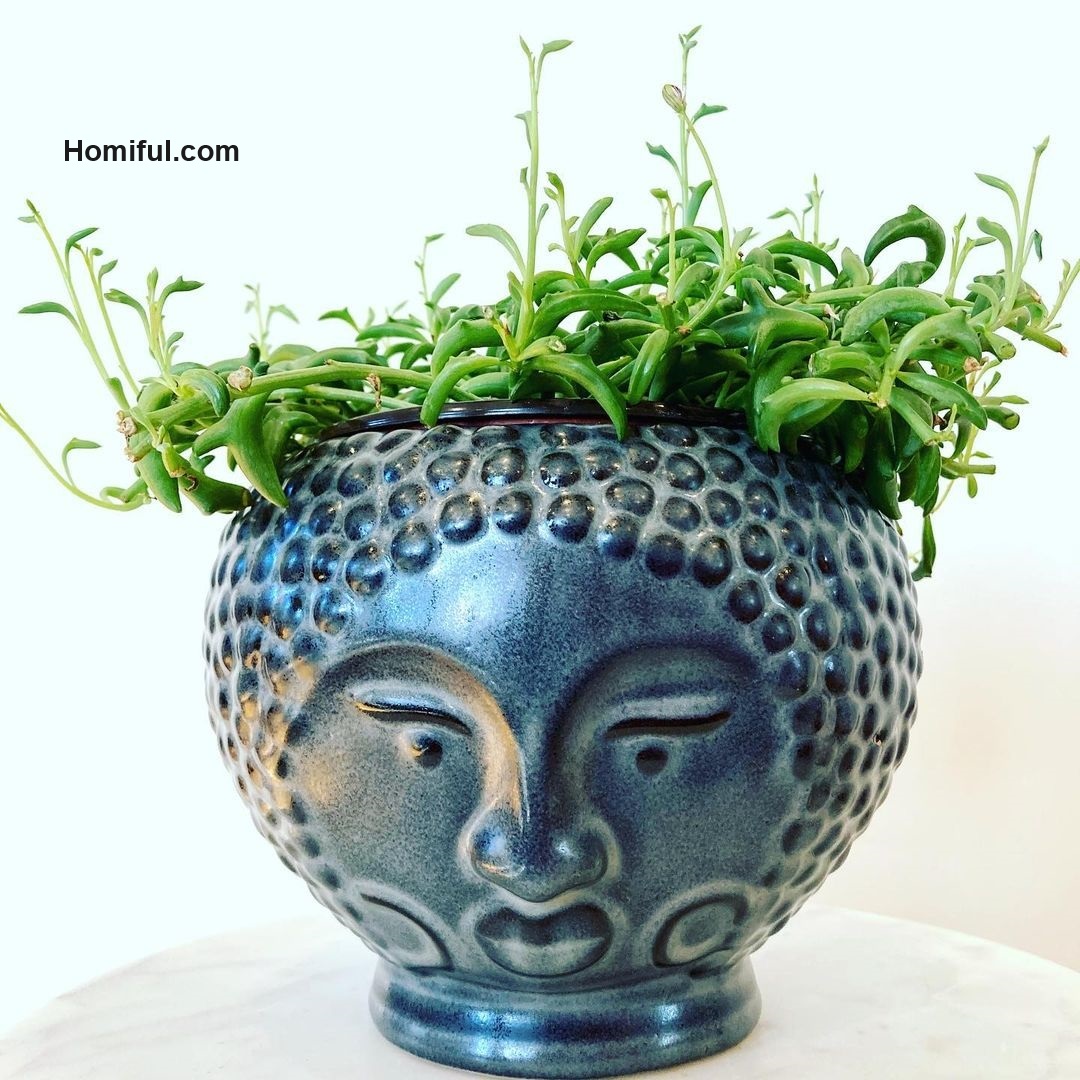
Instagram/zabsplants
As the name suggests, String of Dolphins is a succulent type plant that has a shape like a dolphin. The appearance of a tiny plant with a unique planter is suitable as a workbench decorator.
These plants can grow vines and you should place them in the indirect light area because they are flammable. However, it is better if they can receive at least 6 hours of direct light a day.